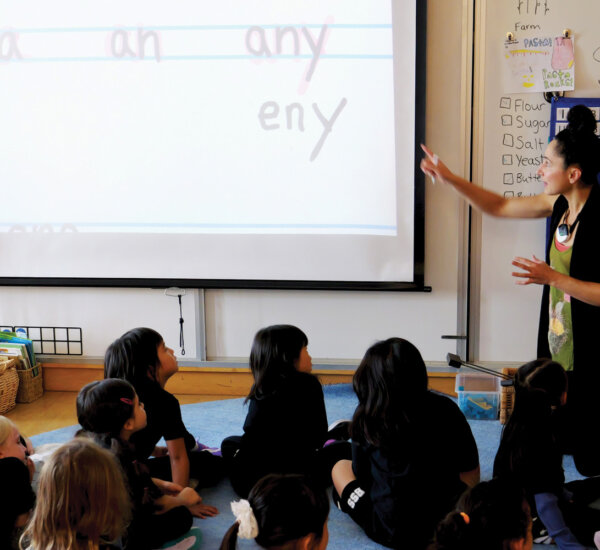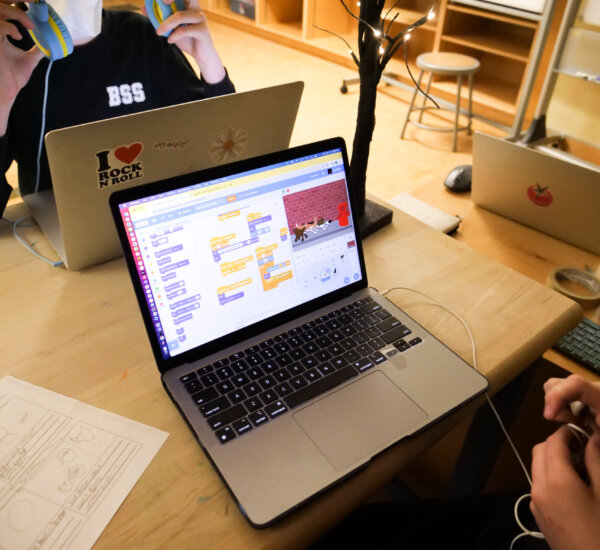From body systems to mechanical systems, Grade 8 science students explore the structures that make up the world we live in. In December, Mr. Tim Somerville’s class focused on a system that exists in all living things: the cell.
Each student was assigned a unique cell to research during the superhero cellfie project. Students learned about cells such as the phagocytes cell, which protects the body by ingesting harmful bacteria, and the corynebacterium pseudotuberculosis cell that infects livestock. They researched key characteristics and the role their assigned cells play within a larger system. “It brings us full circle,” explains Mr. Somerville. “It helps explain how the smallest units of life on this planet work together to form bigger forms of life that can walk, such as a human, or collect sunlight like a tree.”
Grade 8s randomly selected a cell in the cell lottery and wrote a short information card to summarize their initial research. They presented their findings to a group of peers to convey their understanding of a cell’s key features and impact on the health of a living system, and seek feedback. Students had the opportunity to assess their findings and change course if their research yielded insufficient material.
They then wrote a magazine article describing the characteristics and functions of their assigned cell. Articles reflected their understanding of the purpose, inputs and outputs of a cell system and showed that they could communicate using appropriate scientific vocabulary.
Grade 8 student Kira J. says that studying the neurolemmocyte cell deepened her understanding of the system it helps. “Although I focused on the neurolemmocyte cell, I learned a lot about the nervous system, neurons and different parts of the body because the neurolemmocyte cell interacts with them all.”
Students also reflected on how their cell might have a greater impact beyond its intended function. For instance, Jodie K. learned how the Cutibacterium acnes cell often influences the confidence and mental health of individuals with acne.
Finally, students took their scientific communication skills to a new level when they designed a superhero cellfie playing card. Grade 8s illustrated their understanding of their assigned cell’s “super powers” through hand-drawn or digitally-drawn playing cards using programs such as Canva, Procreate and Google Draw.
From writing research reflections and a magazine article, to representing their understanding in a playing card, students communicated their depth of knowledge about cells and larger living systems during the superhero cellfie project. It was clear from the strength of their research and work that the Grade 8s learned how cells impact the health of the greater systems in which they belong.
“Students demonstrated themselves as confident, self-directed learners. The unit’s intentional inclusion of voice and choice and its provision of structured time for student reflection and self-assessment helped students productively drive their own learning in relation to defined success criteria,” says Middle School principal, Ian Rutherford. “It’s an approach that places students at the centre of the inquiry process which leads to independence and control over their own learning.”


